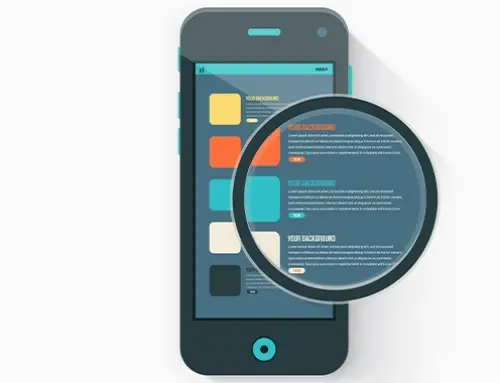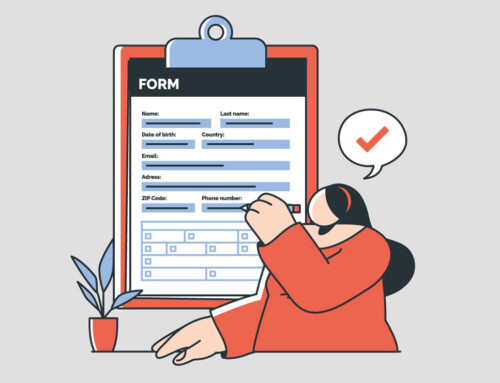Contents
Introduction
When it comes to billing and payment, Attorney-Client Relationships are just as important as the work you do. Knowing your client’s preferences for communication and payment methods can help you keep them happy and maximize revenue.
How to Maximize Revenue with the Right Attorney Billing Software
To maximize revenue, you need to make sure that your Legal Billing Software is easy to use. Your clients should be able to access their account information and pay bills online with ease.
You also want a clear fee structure that’s easy for clients to understand, so they know what they’re paying for when they sign up with you or hire you on a retainer basis.
The last thing any lawyer wants is lost time spent manually entering charges into an accounting program or invoice management services like FreshBooks or Billings Pro; time that could be spent helping clients. That’s why automated billing in an attorney billing platform is so important: it ensures accurate invoices are sent out in a timely manner, freeing up more time for actual work done on behalf of those clients and therefore generating more revenue.
Create a Simple Process for your Clients
You can also make it easy for your clients to pay. Don’t make them jump through hoops, because that will only cause them to become frustrated and not pay. Instead, create simple Payment Methods for them that allow them to check out quickly and easily with their credit card or other payment options.
Automate your Billing Process
If you’re looking to maximize revenue, the best way to do that is by automating your billing process. By using attorney billing software, you can streamline your practice and save time by automating many of the repetitive tasks associated with billing clients and collecting payments.
Here are some tips that help automate your billing process:
- Set up a payment portal where clients can pay their bills online, which is much more convenient than mailing in checks or paying by phone. You can also have the software send out reminders for payments to be made if you’re running low on cash flow.
- Use the software to create and send out invoices to clients, which is a lot easier than doing it manually. If you do this, make sure that your billing software allows you to customize invoices so they’re relevant to each client’s specific needs.
- Set up a payment plan for clients who need extra time to pay their bills, which will help ensure that you get paid on time even if they don’t have enough cash on hand at once.
- Create a database of all your clients and their contact information so you can easily keep track of who owes what. The software should also make it easy for you to send out reminders about bills that need to be paid.
Runsensible is a tool that saves all of your important data in a secure, cloud-based environment and keeps it safe from getting lost or tampered with.
It also offers an invoice system that allows you to create and send invoices and automatically send them to clients on a massive scale while taking only five minutes. There’s more! It also allows you to check and monitor the clients who interact with your emails, pay the fees, or need help with new matters.
Click Here to try all these features for free!
Create a Predictable and Fair Fee Structure for your Clients
The first thing you want to do is figure out how much your clients are willing to spend. This will help you set your fees, which in turn will allow you to create an understandable billing structure that can be easily shared with clients.
To understand their budget, it’s important that you understand the following:
- How much do other attorneys charge for similar services and what the market rate is for those services (i.e. what would someone else charge for the same service?)
- How much of a discount or premium they might expect when hiring an attorney like yourself who has more experience or expertise than others providing similar services in town?
Understand your Clients’ Preferences
When it comes to client communication, consider the preferences of your clients. Are they more comfortable emailing or calling? Do they like to pay via credit card or check? If you have an office in another state or country, do they prefer to use Skype for video calls instead of FaceTime or Google Hangouts? Using RunSensible reports and intake forms allows you to understand your client’s preferences.
Runsensible offers you various communication methods including:
- Email. Runsensible is integrated with an entirely automated email system that includes pre-built templates for various occasions and follow-ups. It can also be set to react to specific triggers.
- SMS. Entering your phone number into Runsensible gives you the option to receive notifications via SMS rather than email.
- VoIP. You can integrate your phone number or Twilio account with your Runsensible account to be able to communicate with your domestic or international clients without having to pay for sky-high phone bills or data roaming.
Offer Multiple Payment Options
Offering multiple payment options for your clients can increase your revenue by boosting sales.
Using RunSensible, you can offer a variety of online and offline payment options, including credit cards, checks, wire transfers, PayPal, and Stripe. Most importantly though is that it’s all done in one place and your client doesn’t have to jump around between different websites or services to complete their transaction. You also have the option of offering discounts for early payment and paying in full.
Conclusion
Maximizing revenue with the right legal billing software is not a simple process. It requires thoughtful consideration of your client’s preferences, as well as a willingness to adapt your practices to meet those needs. We hope that these tips will help you make better decisions about how best to serve your clients and get paid in return.
FAQ
1. How much do legal billing software cost?
The subscription fee ranges from 30$ to 150$ a month.
2. How can I know which payment method belongs to a matter?
All types of payment exist within Runsensible so you can set any one of them to the new matters that your register.
3. How can I best understand a client’s preferences through intake forms?
This article fully explains “What you must include in your client intake form”.
Disclaimer: The content provided on this blog is for informational purposes only and does not constitute legal, financial, or professional advice.






